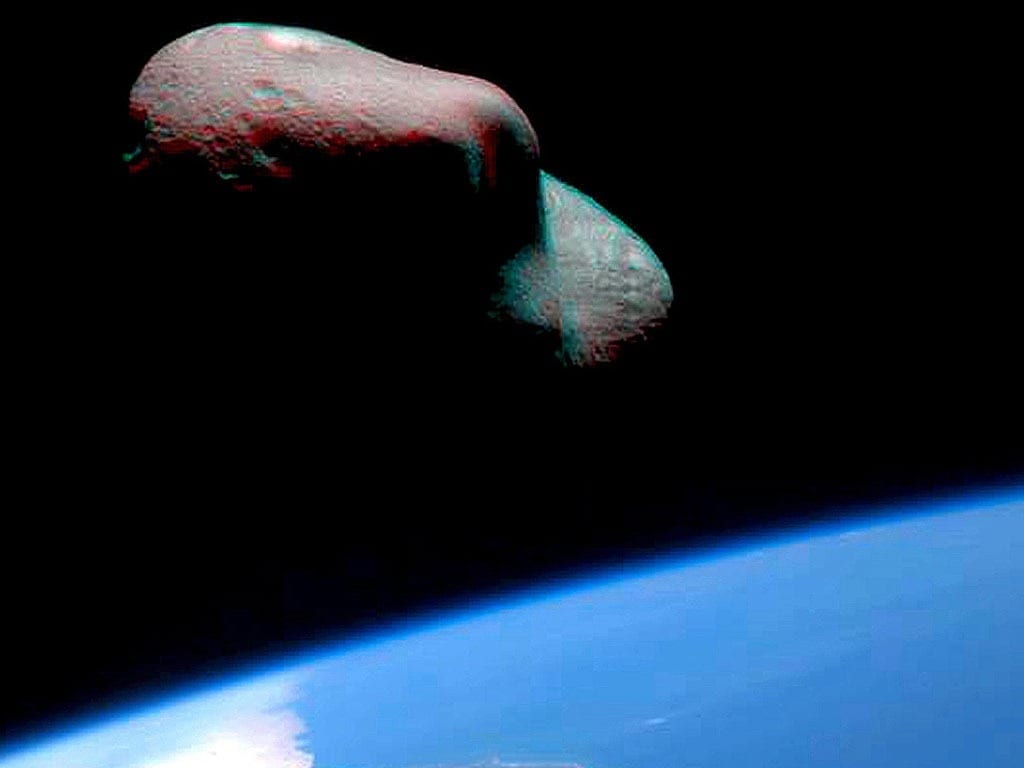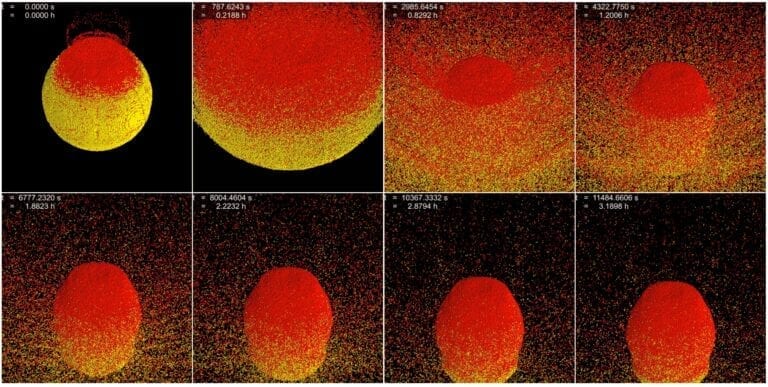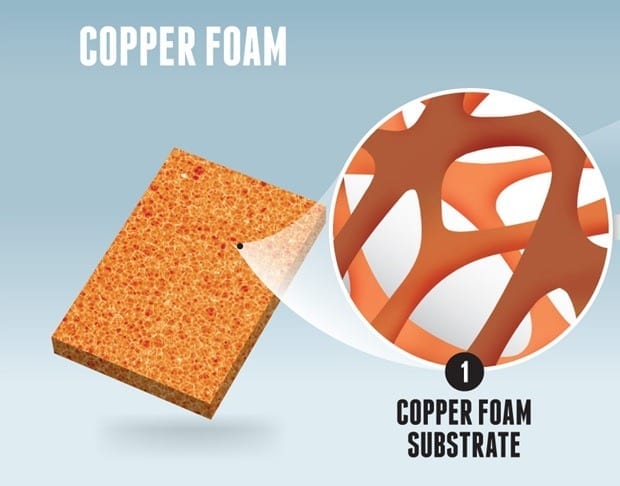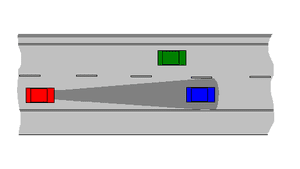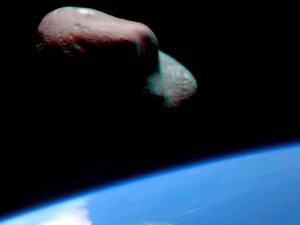
One solution would be to launch a relatively solid space probe designed to hit the asteroid at high speed
It sounds like the script for a Hollywood film: a giant meteorite from outer space heading straight for the Earth and threatening the destruction of mankind. And yet such a scenario does represent a real threat to our planet, as researchers reckon that we can expect an asteroid to collide with Earth every few hundred years.
In real life, though, nobody wants to rely on a rescue plan hastily improvised at the last minute. That is why the European-funded research project NEOShield was set up, with research scientists from Fraunhofer Institute for High-Speed Dynamics, Ernst-Mach-Institut, EMI in Freiburg among those contributing to the work on the asteroid impact avoidance system. The teams of researchers are working to develop concepts designed to help avert these impacts and to alter asteroids’ orbits as they race toward Earth.
In the case of an asteroid on a collision course for Earth, scientists refer to the point in time and space when the asteroid will impact with the Earth. To prevent the impact, the asteroid has to be speeded up or slowed down so that the Earth has either passed by or is yet to arrive when the asteroid reaches the hypothetical point of collision.
»One solution would be to launch a relatively solid space probe designed to hit the asteroid at high speed,« says Professor Alan Harris from the German Aerospace Center’s Institute of Planetary Research as he explains the basic concept. Professor Harris leads the EU-funded NEOShield project. Meanwhile, scientists from Fraunhofer EMI are helping to research the foundations of this technique. »Asteroids are typically made of porous materials, so the first step is to build up a basic understanding of what happens when materials like that are hit by a foreign object,« says Dr. Frank Schäfer, head of the spacecraft technology group at Fraunhofer EMI.
To do this, he and his team use a light gas gun – one of the fastest accelerator facilities in the world. Within the gun’s approximately one-and-a-half-meter barrel, millimeter-sized pellets are accelerated to speeds of almost 10km per second. That equates to a speed of around 36,000 kilometers per hour.
The Fraunhofer scientists use what is known as a target chamber to bombard stone blocks used to approximate asteroids with a high-velocity mini projectile. The aim is to analyze with as much precision as possible how the material reacts. High-speed cameras document the experiment by taking up to 30,000 pictures per second. As in the crash testing of vehicles, the Fraunhofer researchers are interested in quantifying the force of the collision. Data are adjusted to account for actual scale and are imported continuously into computer simulations.
Go deeper with Bing News on:
Intercepting asteroids
- AI discovers over 27,000 overlooked asteroids in old telescope images
"The key to protecting Earth from being hit by asteroids is knowing where all these are." More than 27,000 asteroids in our solar system had been overlooked in existing telescope images — but ...
- Rogue Planets, Abundant Asteroids: Space Is More Crowded Than We Thought
Asteroids All Around Are Just A Start Meanwhile, earth-bound algorithms are making all new discoveries closer to home without having to incorporate any new observations from telescopes.
- Asteroid hunters spot 27,500 overlooked near-Earth asteroids — more than were discovered by all of the world’s telescopes last year
Asteroid hunters have identified 27,500 overlooked near-Earth asteroids using cutting-edge tech that could potentially stave off armageddon in the future. Instead of stargazing with a traditional ...
- Researchers just found more than 1,000 new solar system objects hiding in plain sight
A combination of artificial intelligence and citizen scientists helped uncover the asteroids hiding in archival photos from the Hubble Space Telescope, a new study shows. In the new study ...
- New spacecraft 'jumps around' on asteroids
April 14 (UPI) --Scientists are finding new ways to explore low gravity environments, like the ones found on moons or asteroids. Researchers have just wrapped up the first round of testing for ...
Go deeper with Google Headlines on:
Intercepting asteroids
[google_news title=”” keyword=”Intercepting asteroids” num_posts=”5″ blurb_length=”0″ show_thumb=”left”]
Go deeper with Bing News on:
Asteroid impact avoidance system
- Asteroid Ryugu holds secrets about our early solar system
A recent study examined the effects of space weathering on Ryugu, an asteroid explored by the Hayabusa2 spacecraft.
- Scientists say they’ve traced the origins of a potentially hazardous near-Earth asteroid to the far side of the moon
Rare near-Earth asteroid Kamo’oalewa may have been created several million years ago when something slammed into the moon and sent a chunk of it flying into space.
- Asteroid Ryugu holds secrets of our solar system's past, present and future
"The signatures of space weathering we have detected directly will give us a better understanding of some of the phenomena occurring in the solar system." ...
- Asteroid Ryugu holds secrets of our solar system's past, present and future
Samples collected from asteroid Ryugu appear to hide secrets of the solar system's past, the bombardment that asteroids presently endure as they drift between planets, and perhaps even the blueprints ...
- Hera asteroid mission's side-trip to Mars
ESA's Hera asteroid mission for planetary defense will make a swingby of Mars next March, borrowing speed to help reach its target Didymos binary asteroid system.
Go deeper with Google Headlines on:
Asteroid impact avoidance systemr
[google_news title=”” keyword=”asteroid impact avoidance system” num_posts=”5″ blurb_length=”0″ show_thumb=”left”]







